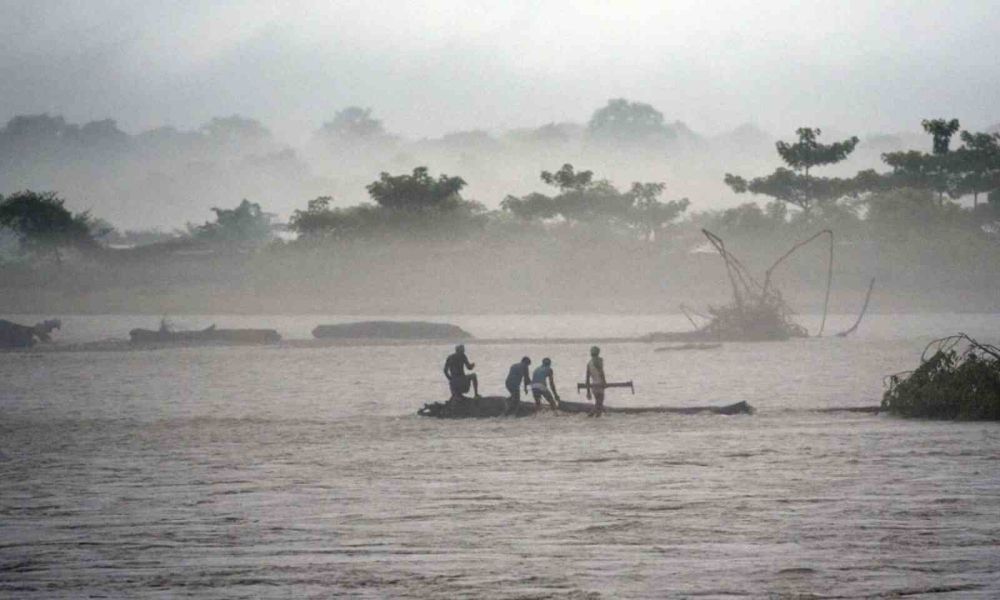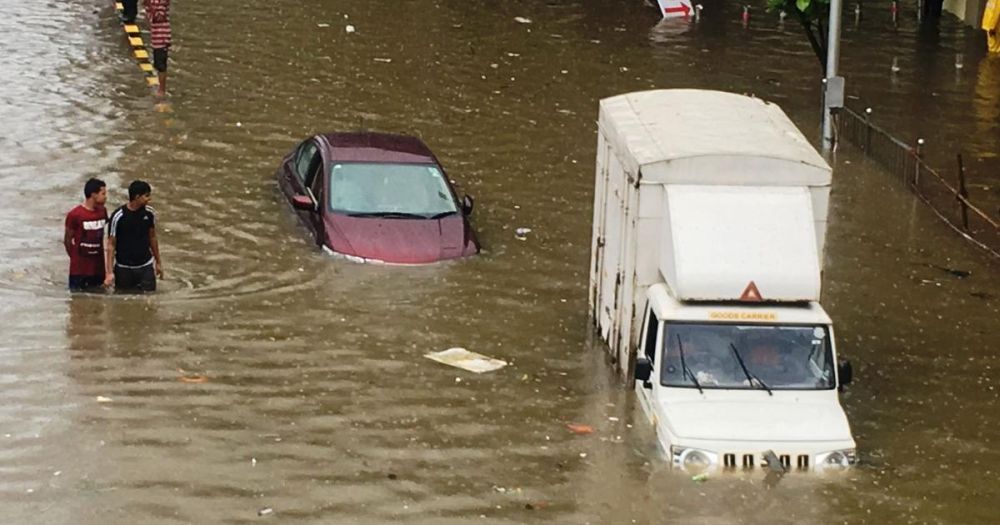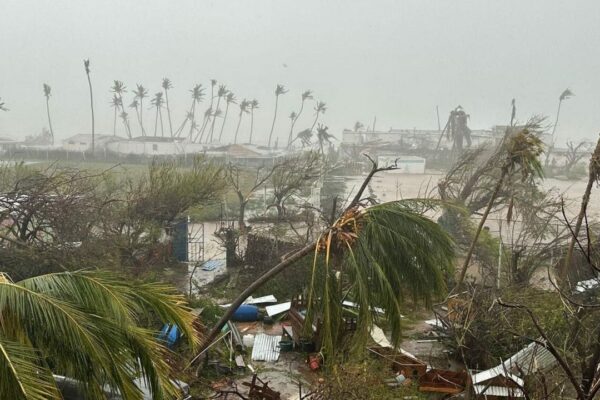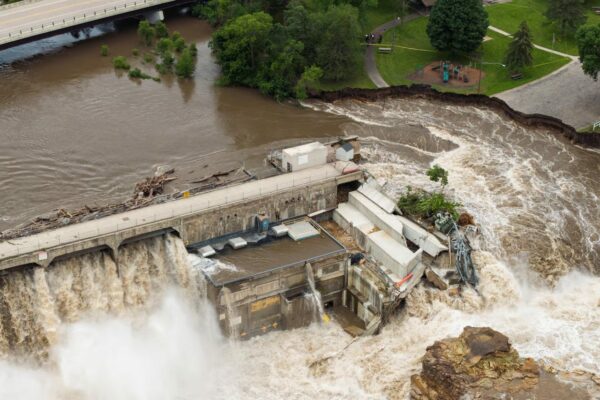Climate Change Making Indian Monsoon Erratic and Dangerous, Study
Climate change has become an impending problem for the planet to deal with, and it is making the Indian monsoon erratic and dangerous, a study has revealed. The data driven finding said that over the past million years, the increase in atmospheric carbon dioxide has disrupted the monsoon pattern in the South Asian region.
Published in the journal Science Advances, the study analyzed millions of years of data to comprehend if the annual monsoon season is affected by human activities. A team of 30 scientists from India, the US, Australia, Japan and Europe travelled to the Bay of Bengal in 2014 on a two-month expedition to extract core samples from the ocean.

Climate change is making the Indian monsoon erratic and dangerous, putting millions of lives in danger | Image: PTI
The team reconstructed South Asian summer monsoon precipitation and runoff into the Bay of Bengal and the northern Indian Ocean.
Dr. Pallavi Anand, one of the authors of the study, said,
We compared the monsoon rainfall pattern between two warm periods (thousands of years ago) and we found that there could be a potential shift in the loci of monsoon rainfall away from the continental landmass which would result in a drier monsoon in the Indian subcontinent.
The core samples, several hundred meters long, comprised deposit runoffs from previous monsoons into the ocean. Seasons with more rainfall ensured more runoff into the ocean, reducing the salinity at the surface.
After studying the fossil shells of the plankton, the researchers were able to find the salinity of the water. These durations of high rainfall and low salinity came after periods of high atmospheric carbon dioxide or lower levels of global ice volume, resulting in an increase in moisture-bearing winds.

A dry monsoon or excessive rainfall would devastate crops and impact the livelihood of people who depend on rainfall for agriculture | Image: IANS
According to the study, South Asian rainfall amount and extreme variability are expected to increase due to thermodynamic effects of increased 21st-century carbon emissions, accompanied by an increased amount of moisture from the southern hemisphere of the Indian Ocean.
The Indian monsoon is usually from June to September. It affects the lives of millions of people, who depend on the monsoon for agriculture. Moreover, a dry monsoon or excessive rainfall would devastate crops and impact the livelihood of these people.
While the global community is doing much to halt climate change, India has recently slipped down two ranks on 17 SDGs adopted as the 2030 Agenda of the UN.
Via: Deccan Herald


